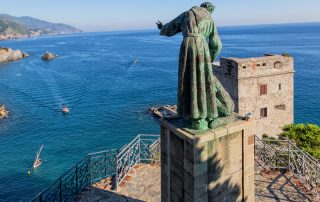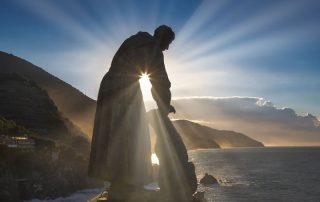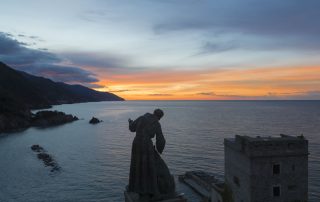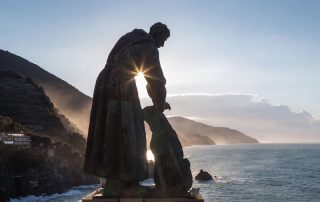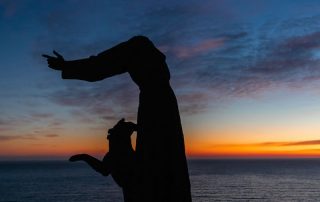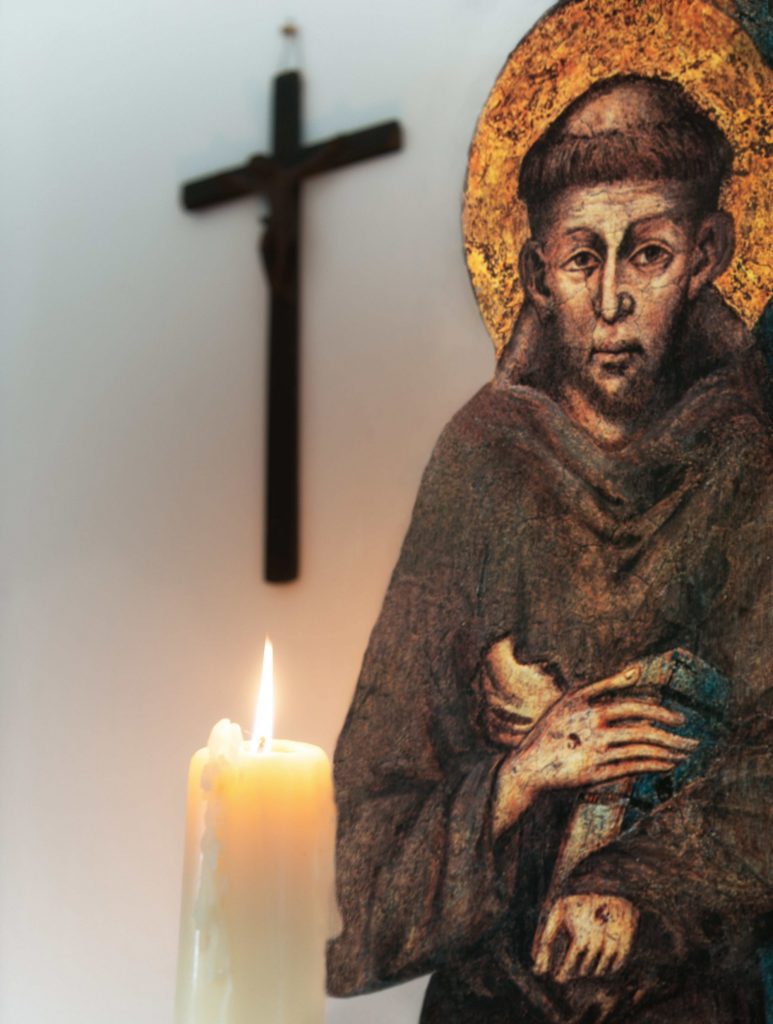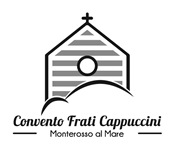“Portatori di pace tra la gente e messaggeri della parola di Francesco che qui assume l’aspetto di una natura generosa e di un paesaggio unico al mondo” (Donatella Bianchi)
The origins of the Franciscans date back to over 800 years ago, to Saint Francis of Assisi (1182-1226): a simple and poor man whom history probably recognizes as the clearest imitation of Christ.
In his youth, Francis of Asissi lives in a dissipated way, having fun and wasting the family’s money. He’s only tought was having fun with is friends. Because of a war between Perugia and Assisi he decides to completely change his living attidutes, to abandon his entertainment and leisure and to give a profound meaning to life: help the poor, the sick and the weak. He went to his father and publicly handed him his rich clothes and started wearing a tuinc; he wants to go back to a natural state without any apparent wealth. Later he founded the order of friars minor and received the authorization from two Popes. Francis, who is the patron saint of Italy, was canonized in 1228 by Pope Gregory IX.
INSIGHTS
Il “Cantico delle Creature” è uno degli scritti più famosi di San Francesco,
una lode a Dio che si snoda attraverso le sue opere, diventando così anche un inno alla vita.
“Laudato sie, mi’ Signore, cum tucte le tue creature,
spetialmente messor lo frate sole,
lo qual’è iorno, et allumini noi per lui.
Et ellu è bellu e radiante cum grande splendore:
de te, Altissimo, porta significatione…
Laudato si’, mi’ Signore, per frate vento
et per aere et nubilo et sereno et onne tempo,
per lo quale a le tue creature dài sustentamento.
Laudato si’, mi’ Signore, per sor’aqua,
la quale è multo utile et humile et pretiosa et casta…
Laudate e benedicete mi’ Signore et rengratiate
e serviateli cum grande humilitate.”



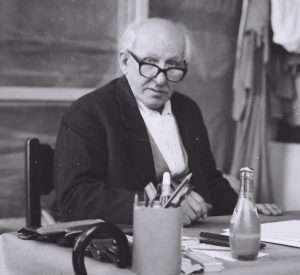 the staute recalls the arrival of the Capuchin friars in Monterosso as bearers of peace in the 17th century and, considering its location, it welcome visitors by offering the typical Franciscan greeting of “Peace and Good”. It was inaugurated in 1962.
the staute recalls the arrival of the Capuchin friars in Monterosso as bearers of peace in the 17th century and, considering its location, it welcome visitors by offering the typical Franciscan greeting of “Peace and Good”. It was inaugurated in 1962.
